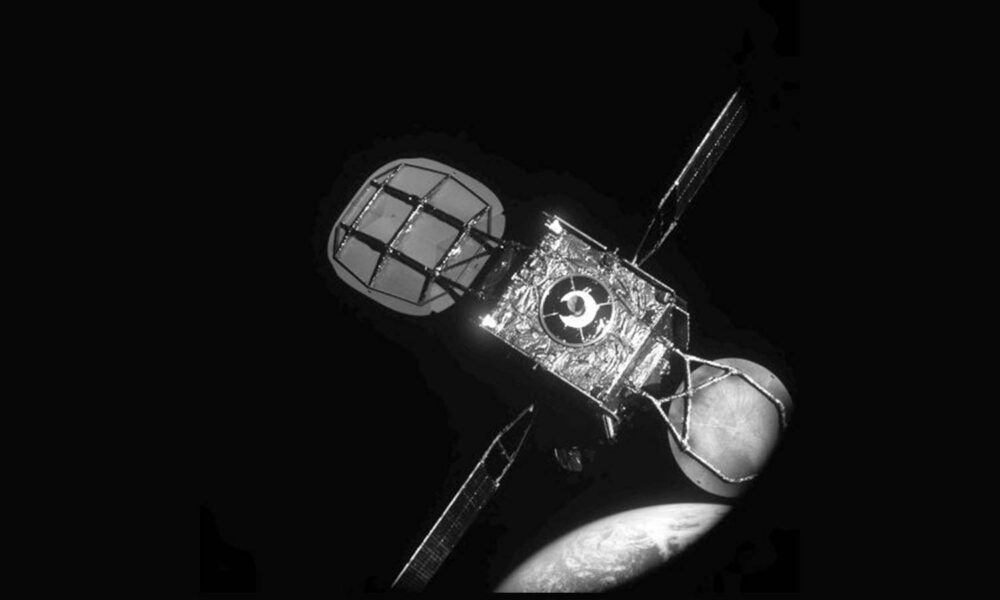An updated version of the UCS Satellite Database, which includes launches through March 31, 2020, is now available on the UCS website. This update includes the addition to the database of 486 satellites and the removal of 38, for a total of 2,666 active satellites.
Kudos to my colleague, Teri Grimwood, UCS Satellite Database researcher, for tracking down 28 pieces of information for each of these satellites. If you’d like email notification when the updates are made, please sign up here.
While researching these updates, Teri also noted some pretty interesting developments in the space world:
The five launches in late 2019 and early 2020 adding 300 satellites to Starlink’s constellation constitute a large part of this growth. In April of 2020 60 more were added, bringing the constellation to 420 satellites and described as adequate to begin a rollout of services. Starlink currently plans numerous additional launches, possibly every two weeks in 2020. When asked when services will begin Elon Musk tweeted that service will be available through beta tests in about six months, but only in northern latitudes—US, Canada, and Europe—for the time being.
OneWeb, a planned 650-satellite constellation designed to provide high-speed connectivity to all parts of the globe including remote regions, launched 74 satellites during this period. OneWeb is well along in its development and was negotiating for financial investment to see it through the completion of deployment and launch of commercial services. Unfortunately, the impact of COVID-19 on the financial markets halted those negotiations and in March OneWeb filed for Chapter 11 restructuring, which could include sale of the company.
In an interesting development, the US Department of Defense’s Space Acquisition Council has devised a list of proposed investments for space companies like OneWeb that have been hit hard by the effects of the global pandemic on financial markets and need rapid, aggressive action. OneWeb’s intention to serve the Arctic region, where the Department of Defense wants to build up its communications capacity, seems to make OneWeb of particular interest, not only to retain these capabilities for the US military but also so that the capability doesn’t get sold to potential adversaries. This apparently relates to the fact that, while OneWeb has proven attractive to U.S. and European companies, two Chinese companies have also put in proposals.
Up in geosynchronous orbit, an effort to extend the life of a veteran satellite is, at this point, successfully in progress. Intelsat 901 is a 19-year-old communications satellite that is still functioning well but facing retirement because it was running out of the fuel which allows it to keep in its appointed orbital slot and to point in the right direction. This is not an uncommon problem, and the concept of servicing old but functioning satellites has been around for years but the technology hasn’t been available. In February of this year, the Mission Extension Vehicle-1 (MEV-1), built by Northrup-Grumman and launched in October of 2019, docked with Intelsat-901. MEV-1’s purpose is to serve as the fuel source for the older satellite, taking over pointing and maneuvering functions. MEV-1 will extend the life of Intelsat-901 for five years and then move the older satellite into a disposal orbit in 2025 so that it will not interfere with or collide with other satellites. After that, it may take up duties with another satellite. The MEV-1 satellite has a planned life of 15 years.
Image caption: View of IS-901 satellite from Mission Extension Vehicle-1 (MEV-1) during approach from approximately 20 meters with Earth in the background. The MEV successfully docked with the Intelsat 901 satellite on Tuesday, Feb. 25.
The featured image in this blog is courtesy of the Northrop Grumman.

